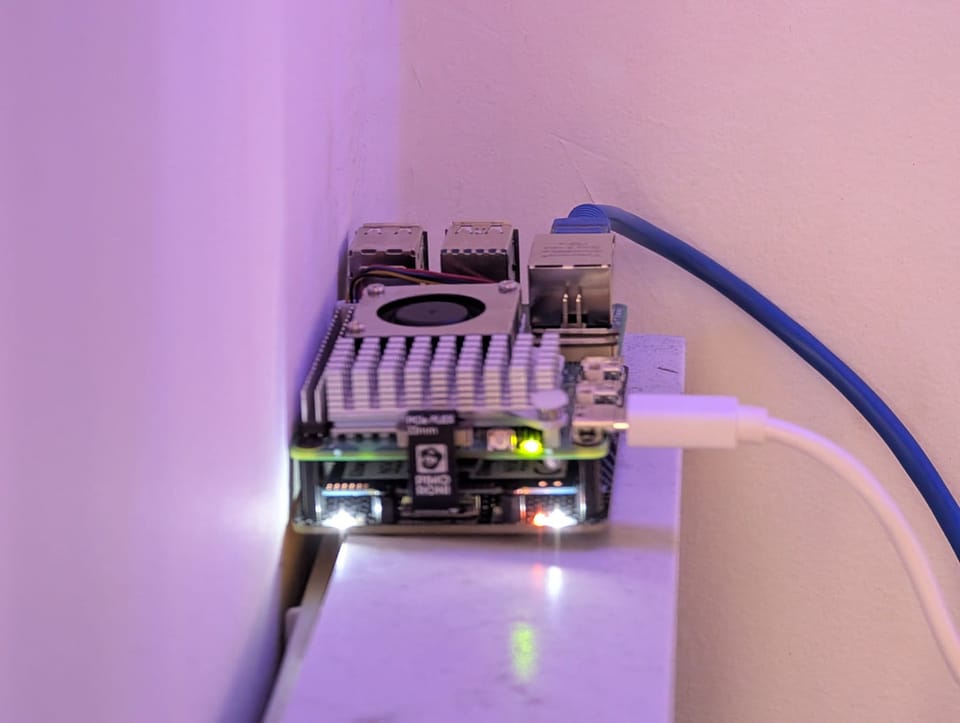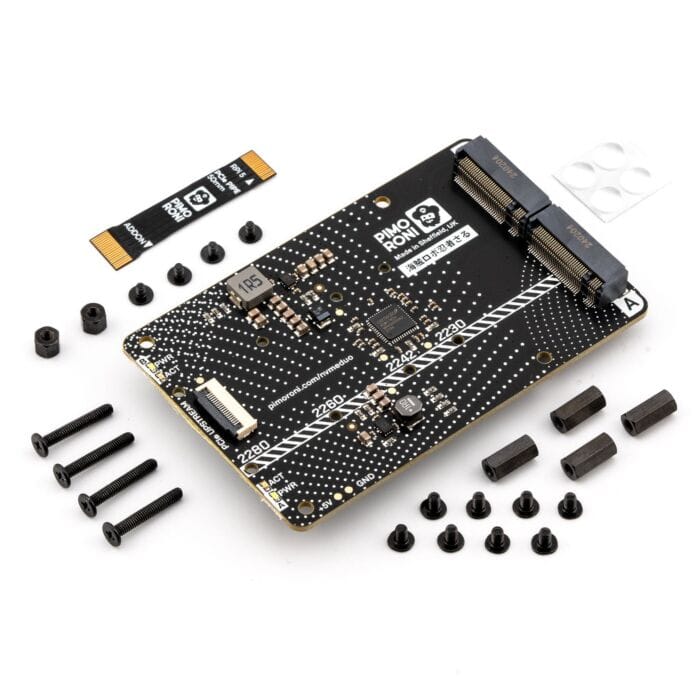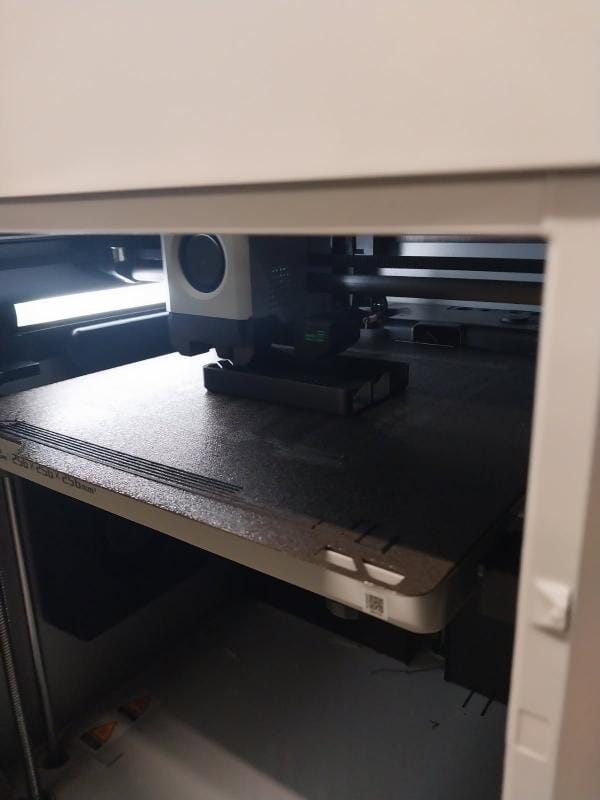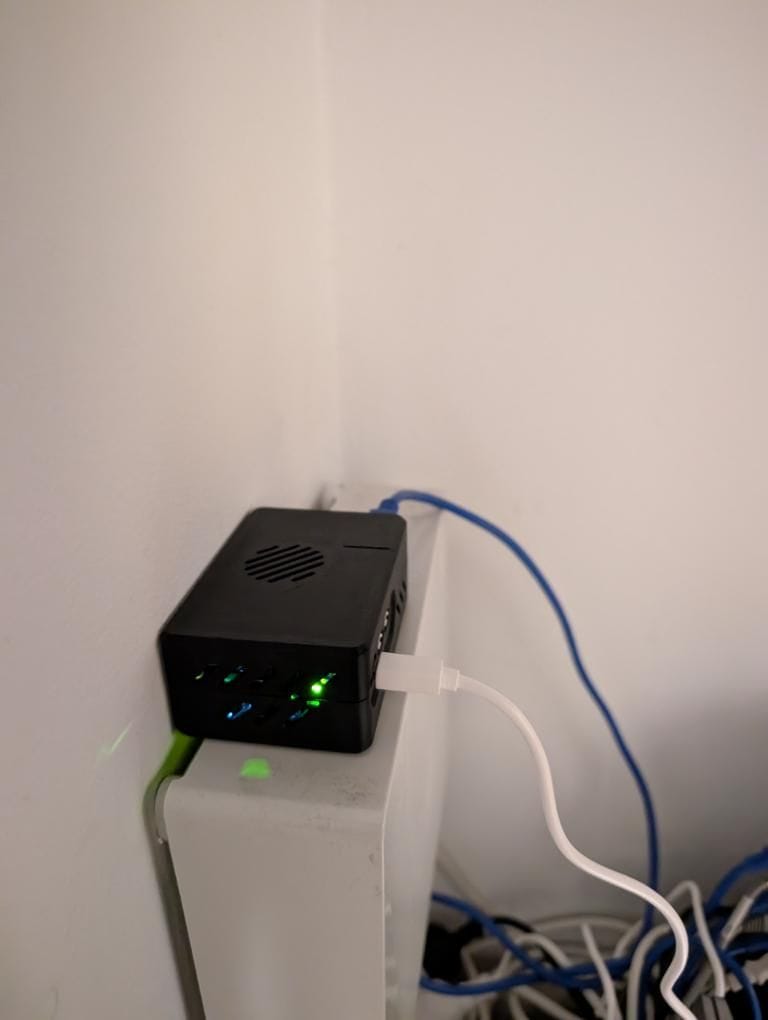Naspi

I had a requirement to have some network attached storage for my homelab, a place to dump backups and store files, and I didn't want to have my main PC turned on to be able to access these files. I started looking at basic 2 bay NAS units, the cheapest I was able to find on Amazon was $279. I knew I could get a Raspberry Pi 5b (4gb) for $100 so I started investigating down this route as I've been looking for an excuse to test out the latest Pi, plus I enjoy using Raspberry Pi's for projects as it allows me to brush up on my Linux skills which I don't get much of a chance to do as I use Windows as my main OS. A Raspberry Pi is a good base for this project but obviously the only storage it has built in is the micro SD card, you could probably get away with using a 1TB USB stick if you're on a budget and your storage needs are low ($227 total cost for a NAS with 1TB storage ain't bad), but I wanted a bit more storage and also wanted to have a play with the PCIE on the new Pi which hasn't existed in previous versions, there was a Sata hat which supported up to 5 2.5" Sata drives, I decided not to go down this route as I couldn't find a suitable case and the hat was more expensive than the alternative

The hat I ended up going with was the NVMe Base Duo, it supports 2 NVME SSD's in a small form factor and was nearly half the price of the Sata hat, my storage requirements are pretty low so I figured 4TB of NVME storage would be more than enough for now

After putting it all together and installing the OS/beginning the config I decided I definitely needed a case but was struggling to find one, everything I found was designed for the NVME Base (The hat with just one NVME slot)

So I found a 3D print file on printables and asked a friend of mine to print me a case (Which turned out awesome)


The final product was excellent, I had 4TB of storage as well as compute power to run a bunch of stuff that all fit in the palm of my hand! I ended up using 2 Kingston NV3 PCIe 4.0 2TB NVME SSD's, and added them to a ZFS pool with Open Media vault (No redundancy beyond error correction, but it does dedupe and compression and I'd never used it before so seemed like a good opportunity to learn something new). You could ask the question "Why use NVME SSD's capable of 6,000MB/s over a 1GB network?", and that would be a very fair question, like most projects the answer is "Why not", they're small and met the requirements. I'm planning on upgrading my home network to 2.5GB with a Unifi Dream Router 7 at some point so I'll be getting a little more speed out of it, but for now everything works great. I run Docker on the Pi and have a bunch of containers deployed to it, but I'll save that stuff for another post.
